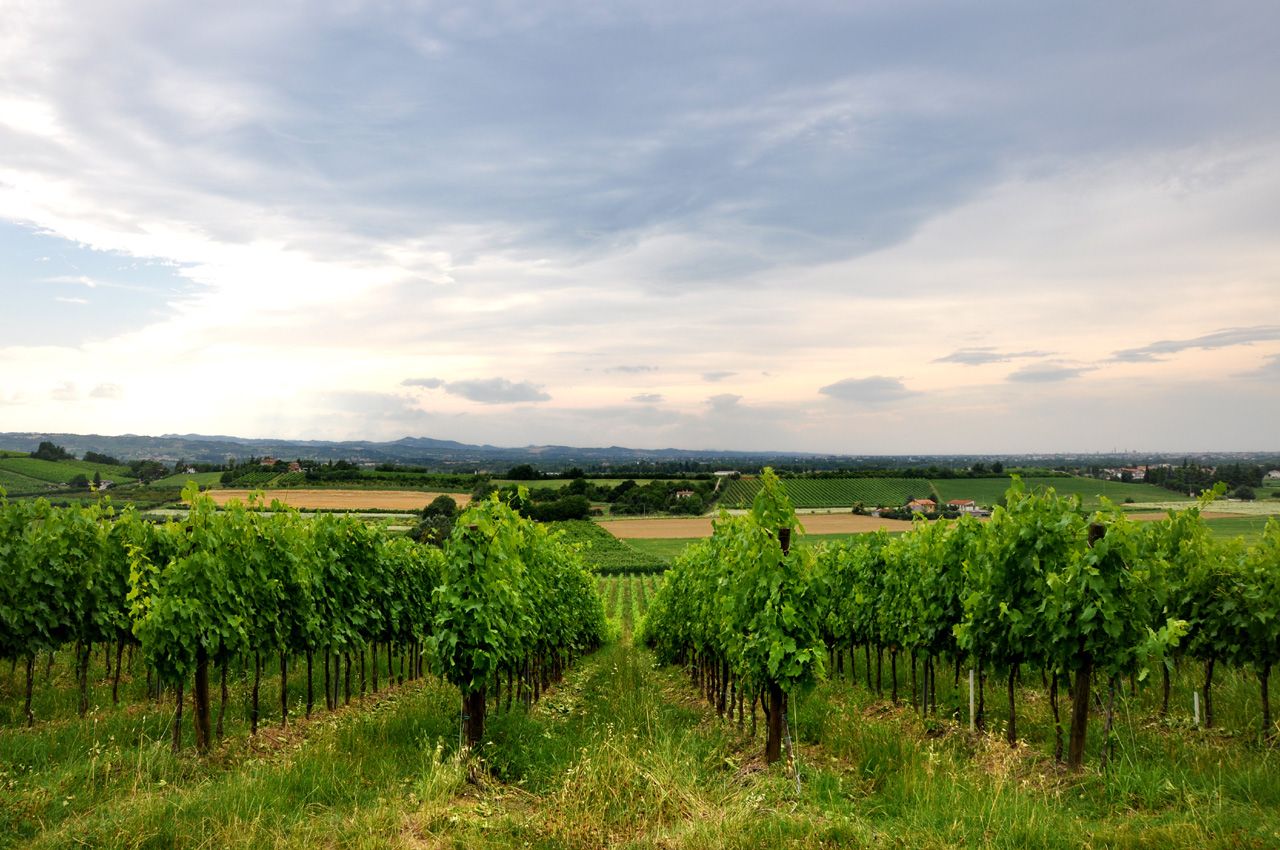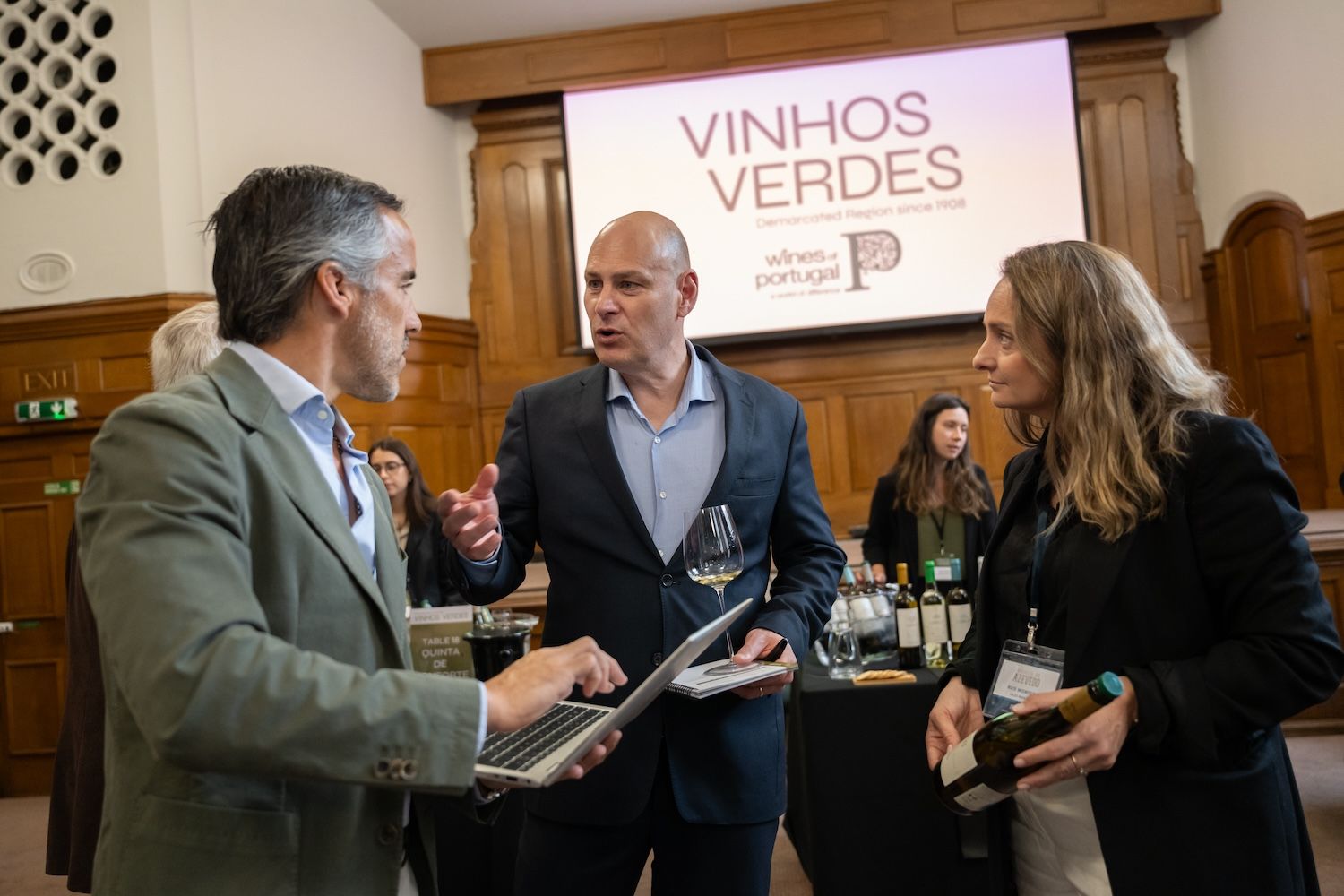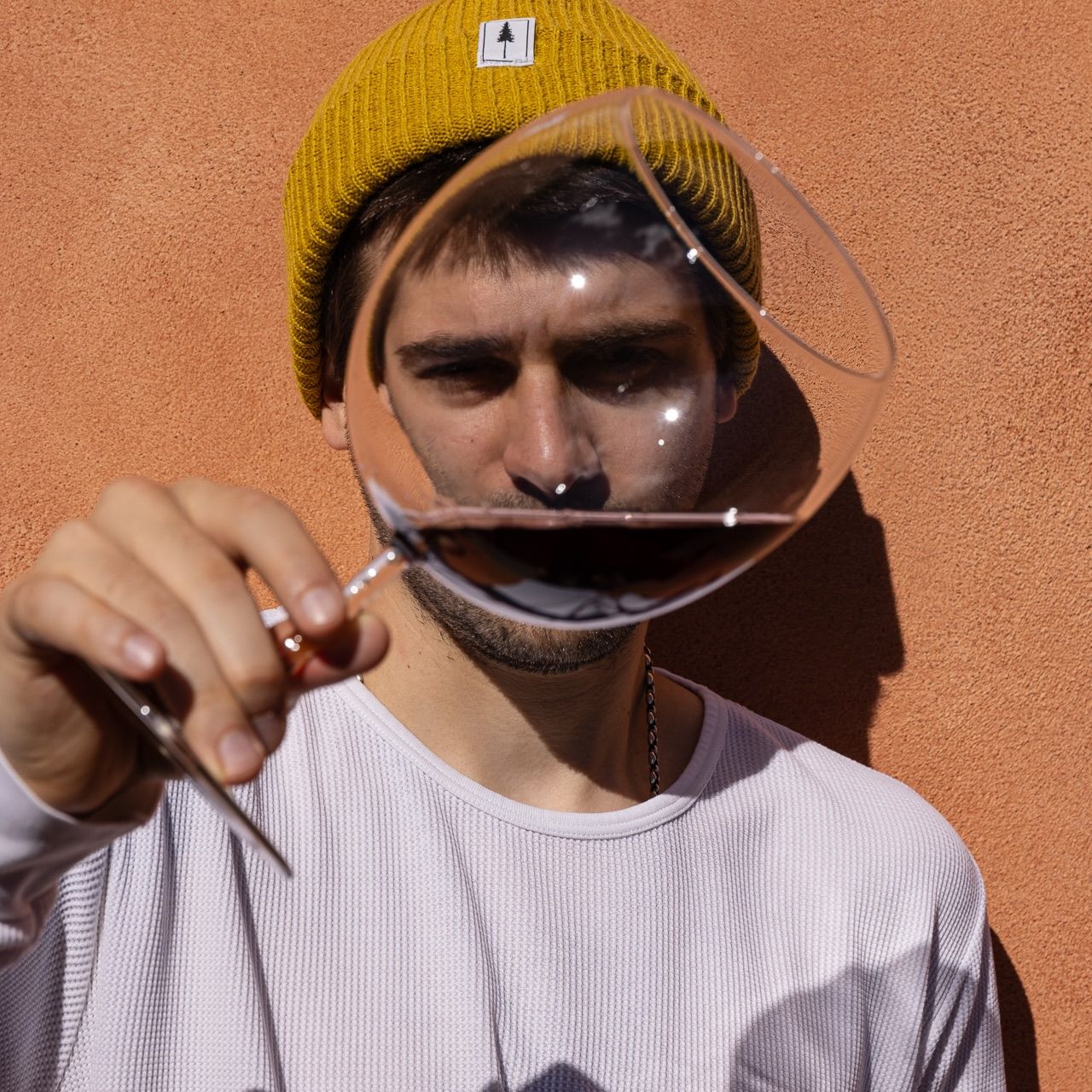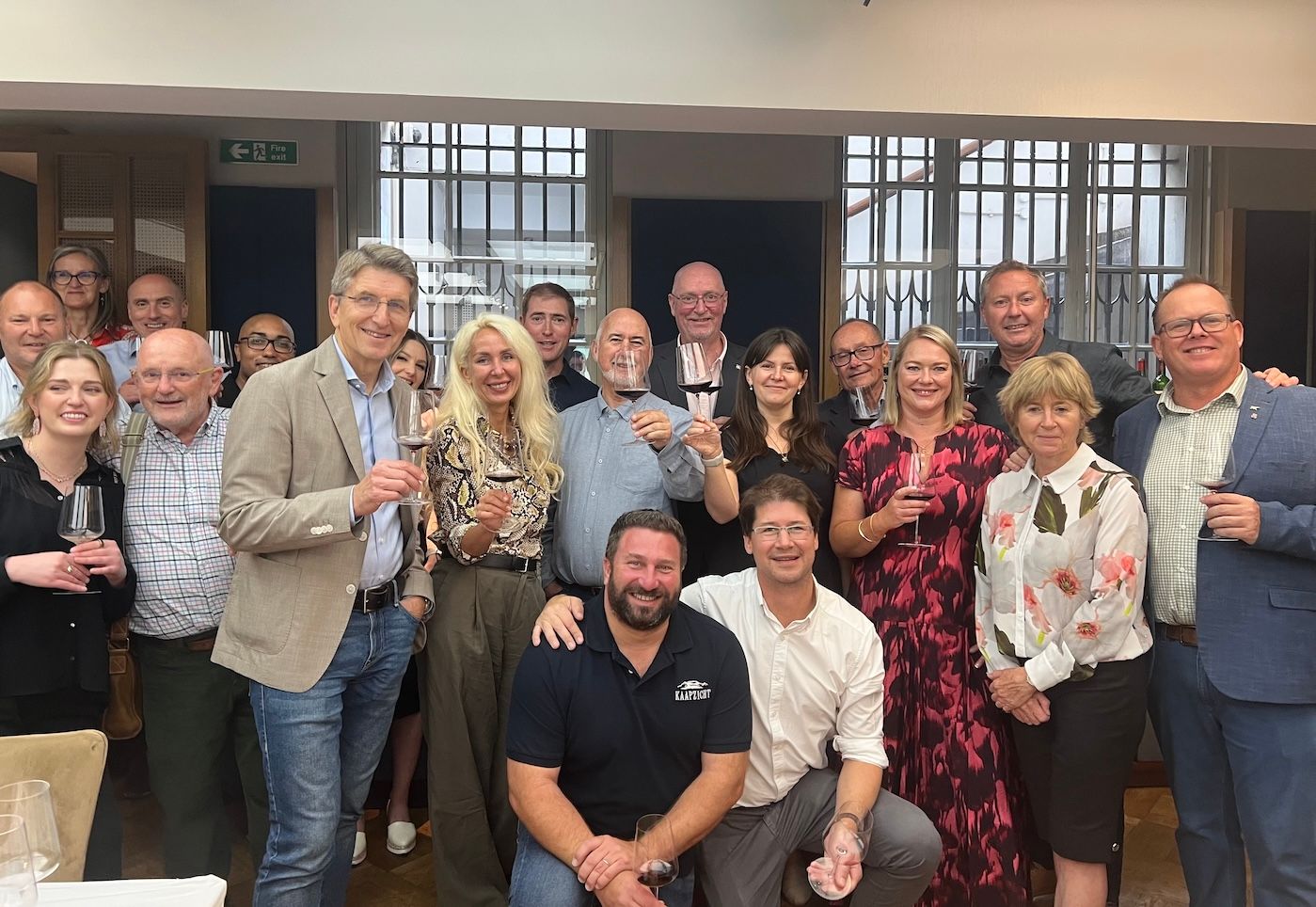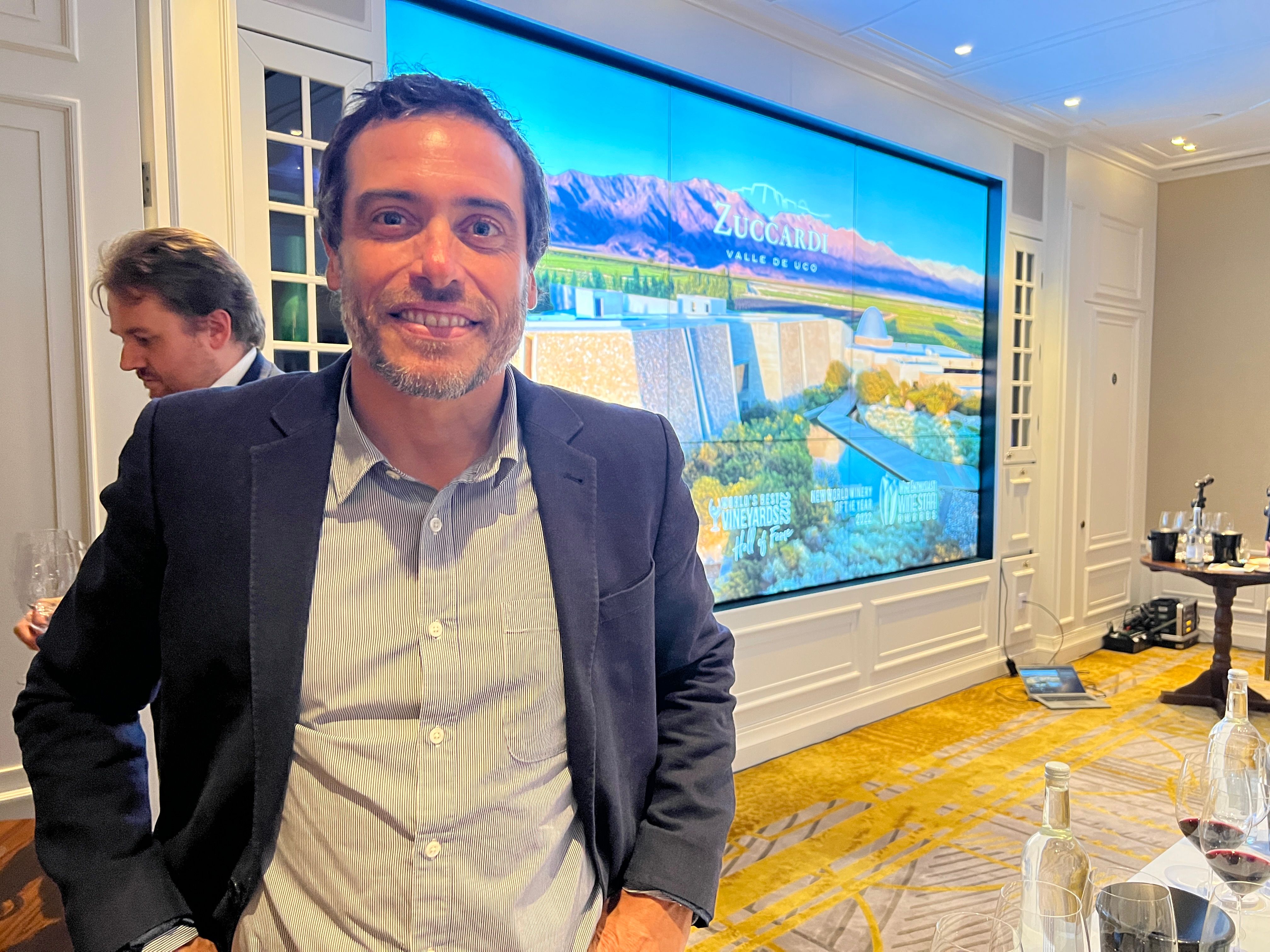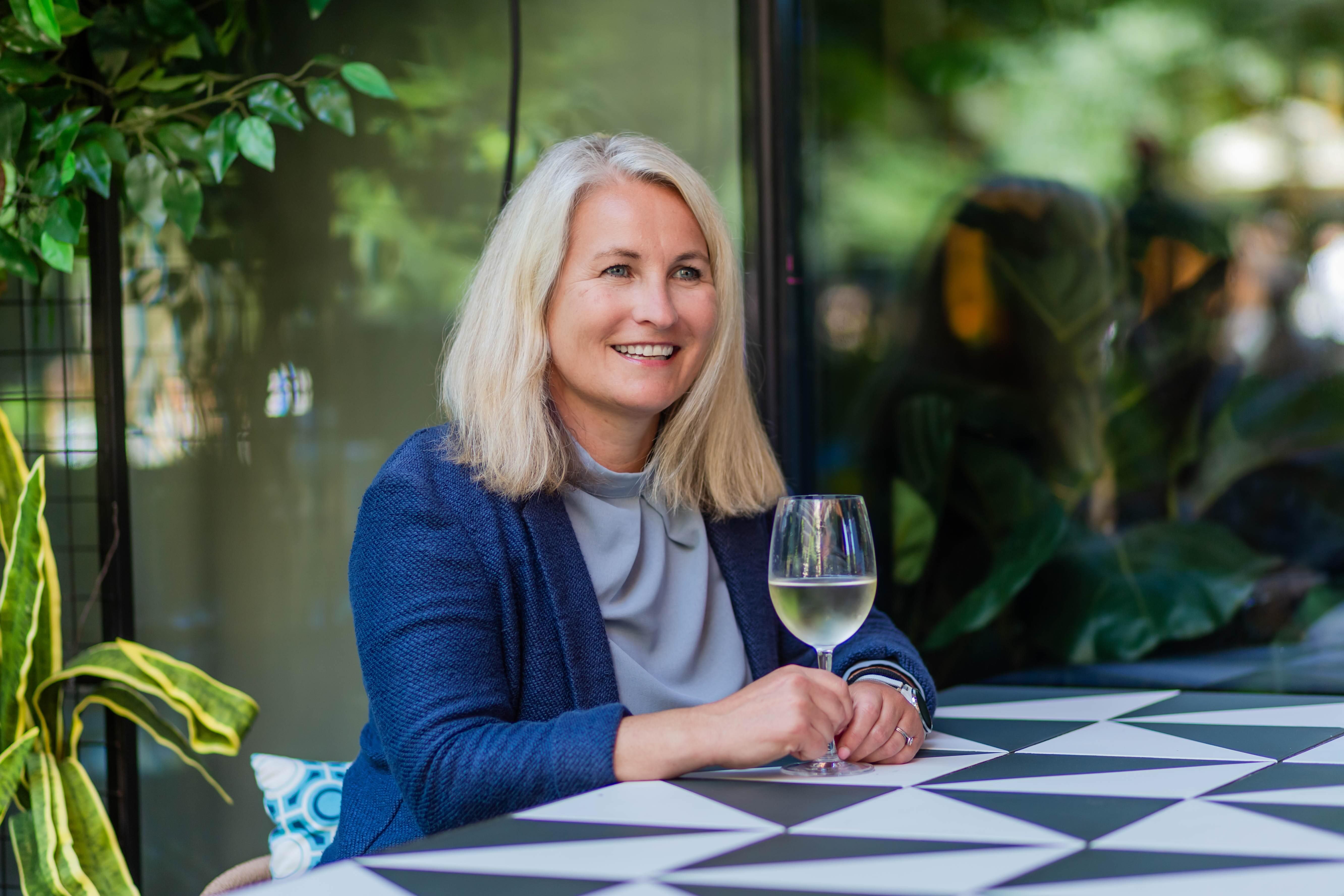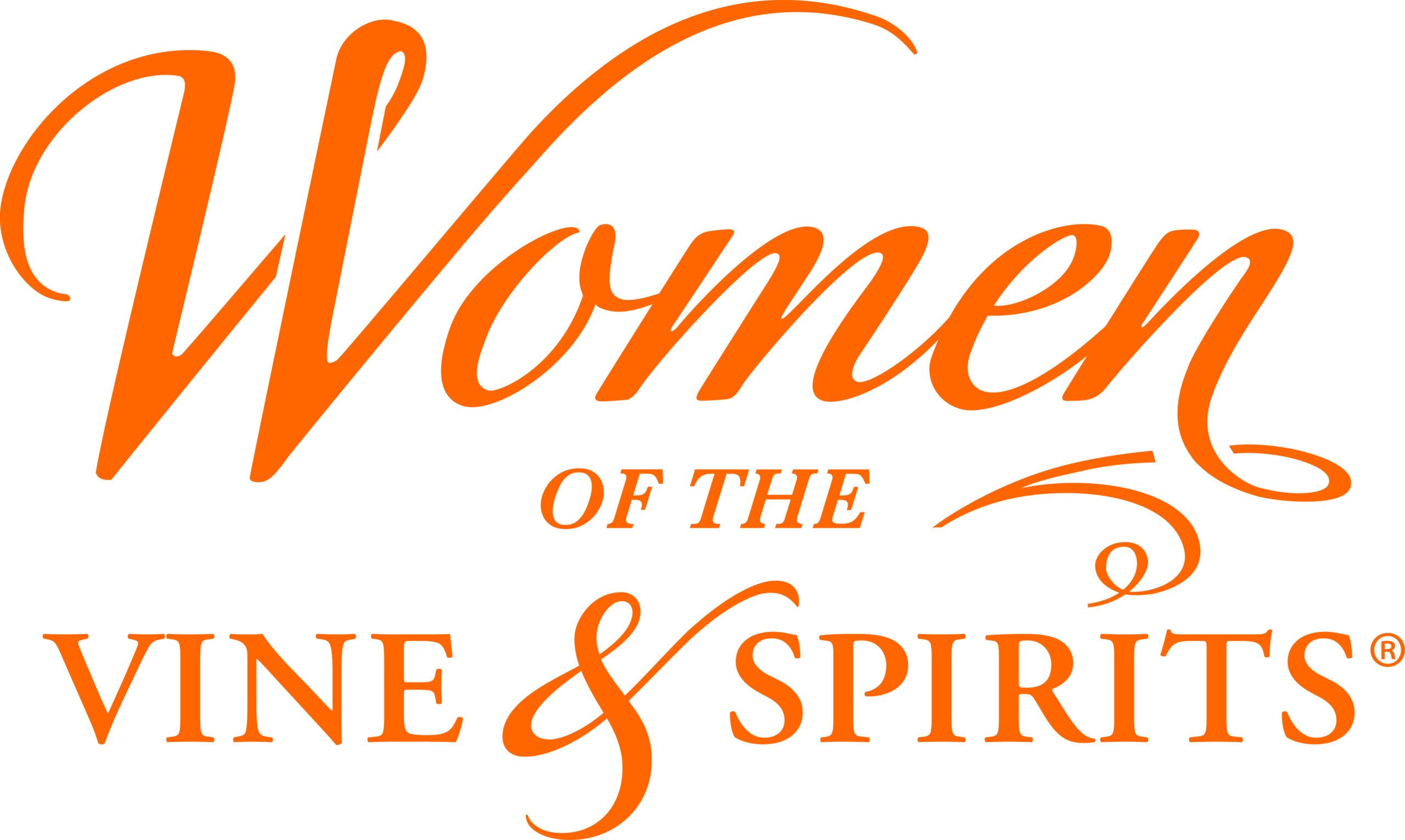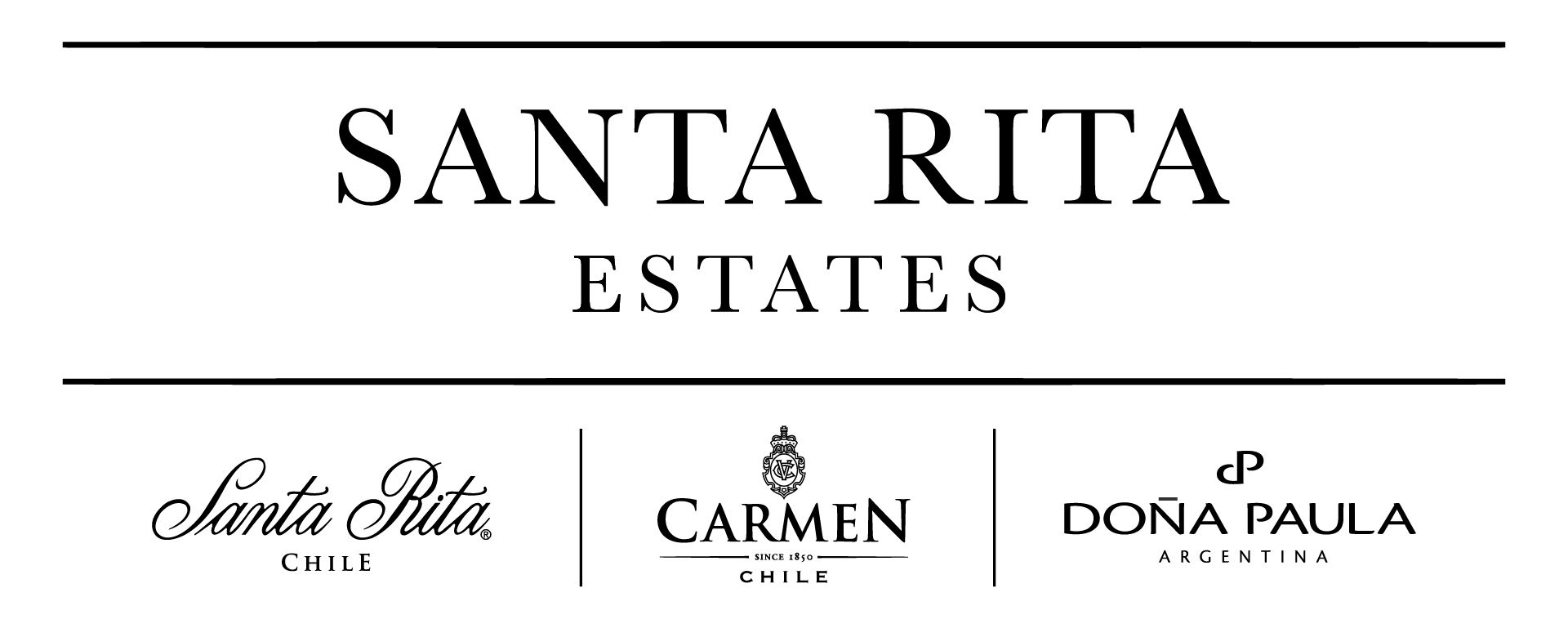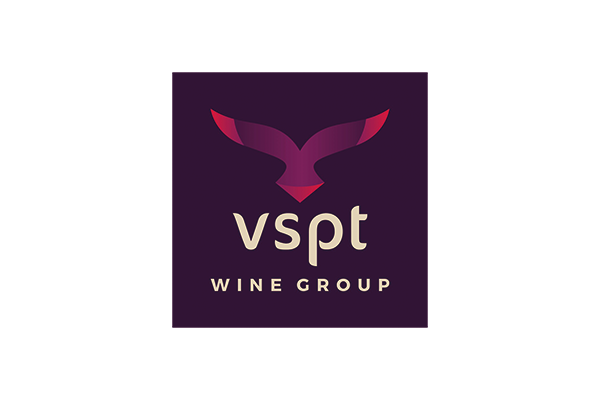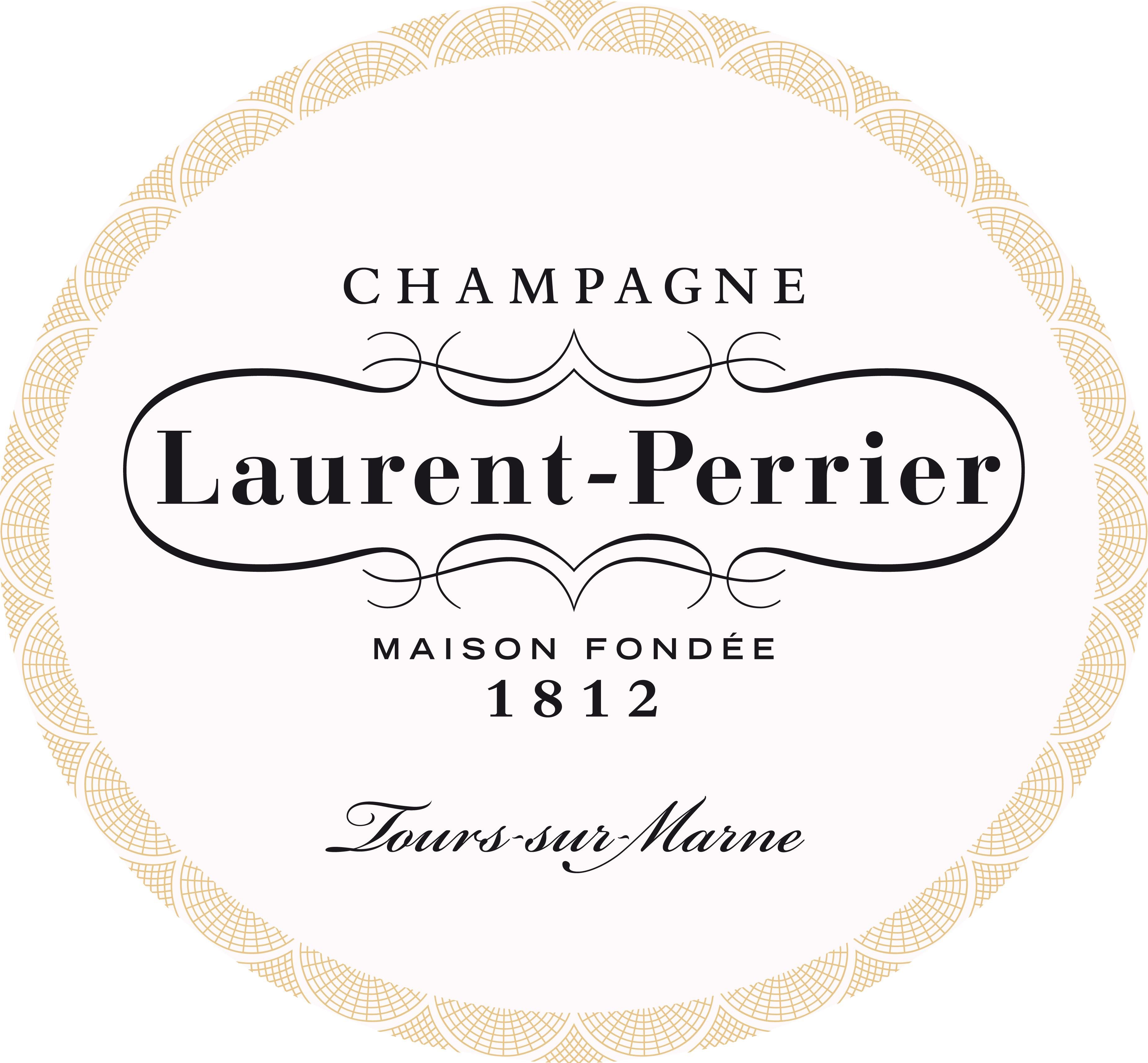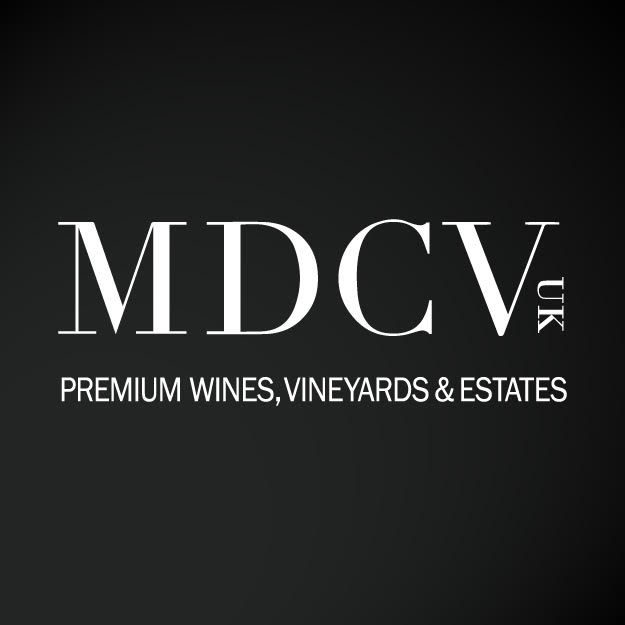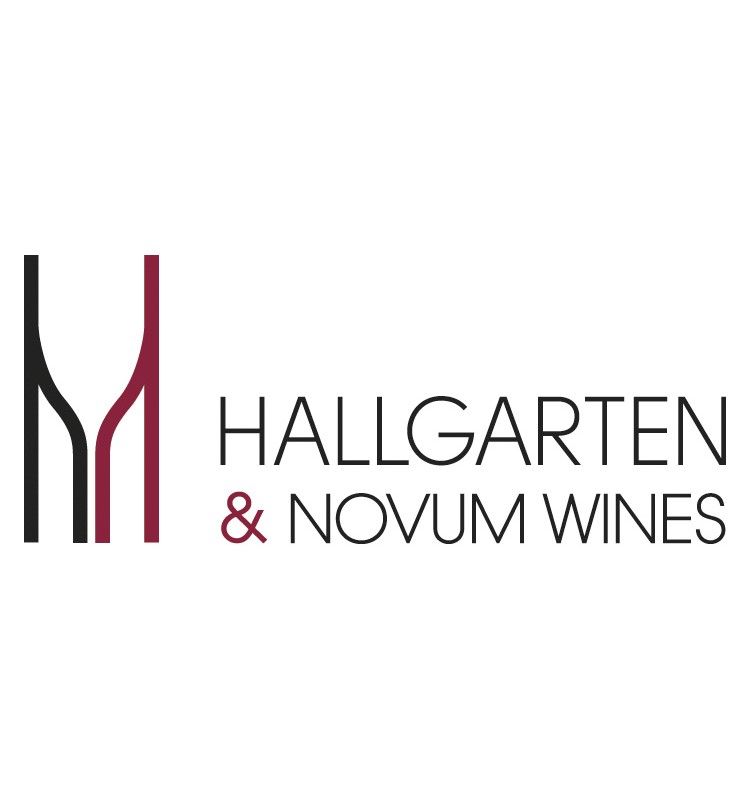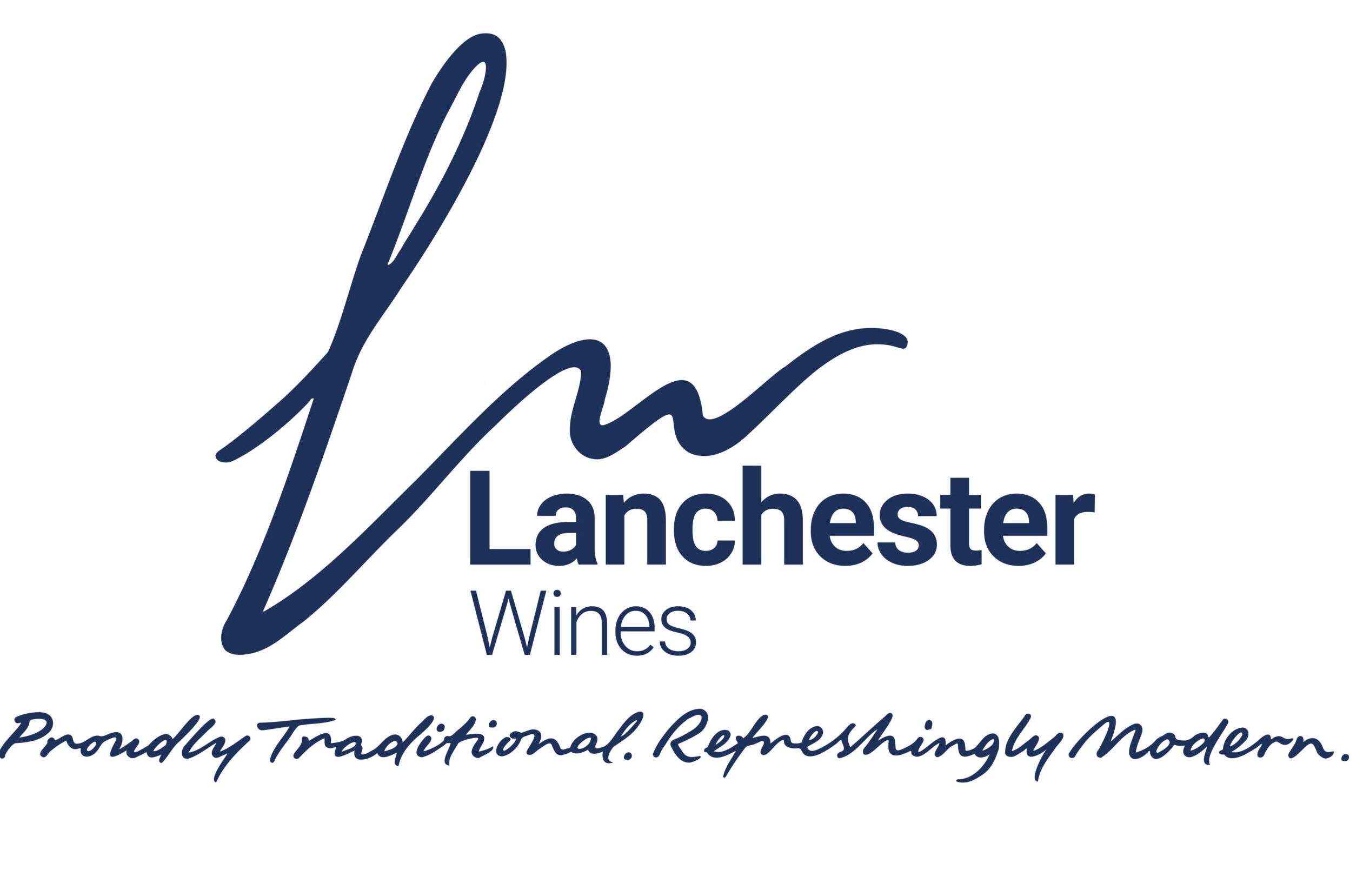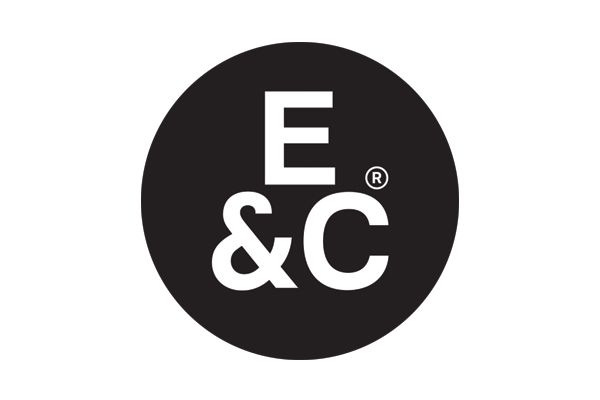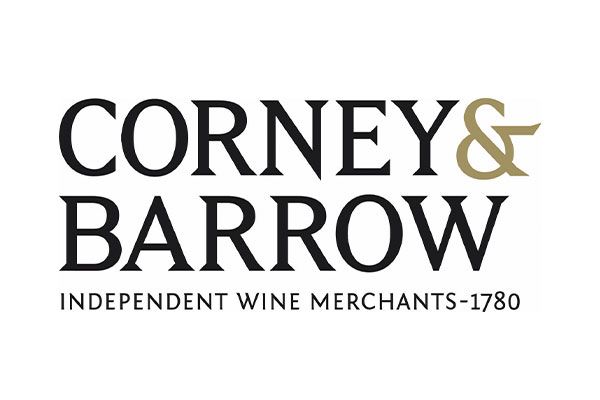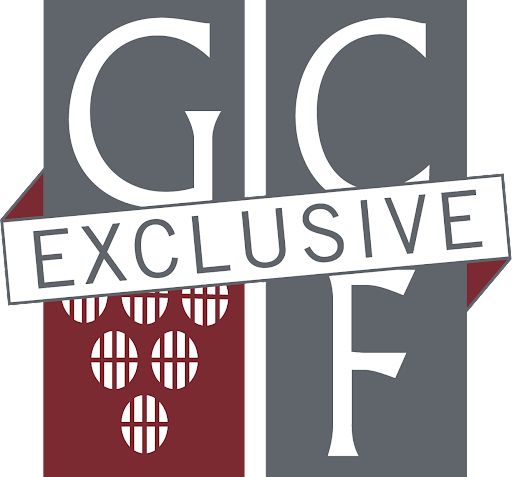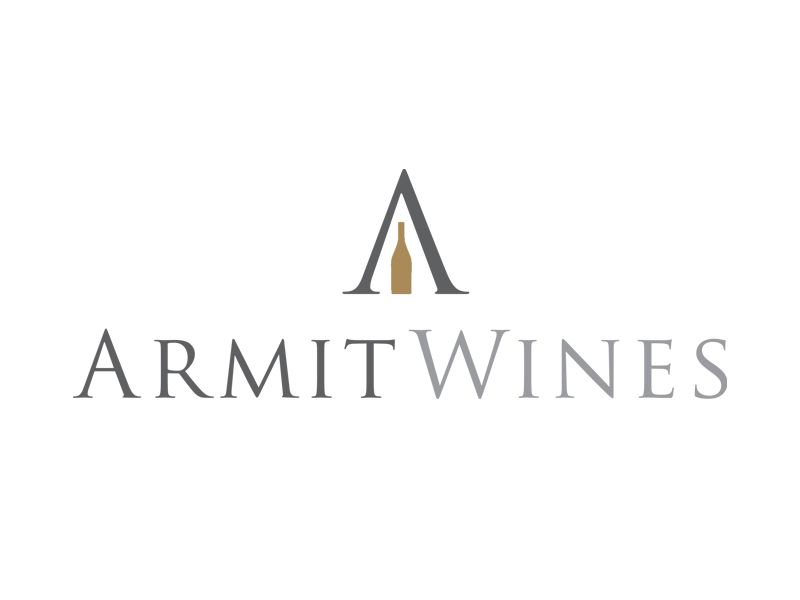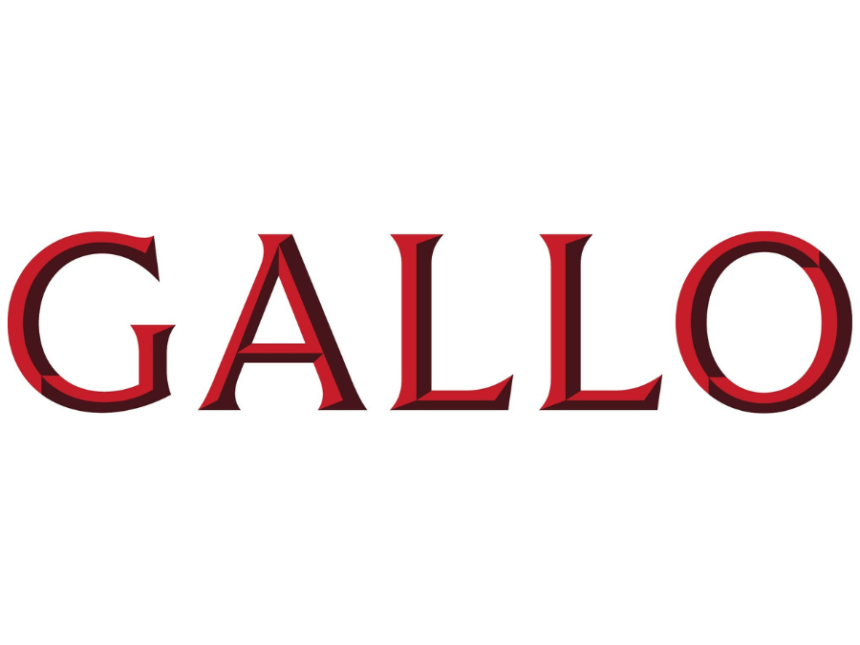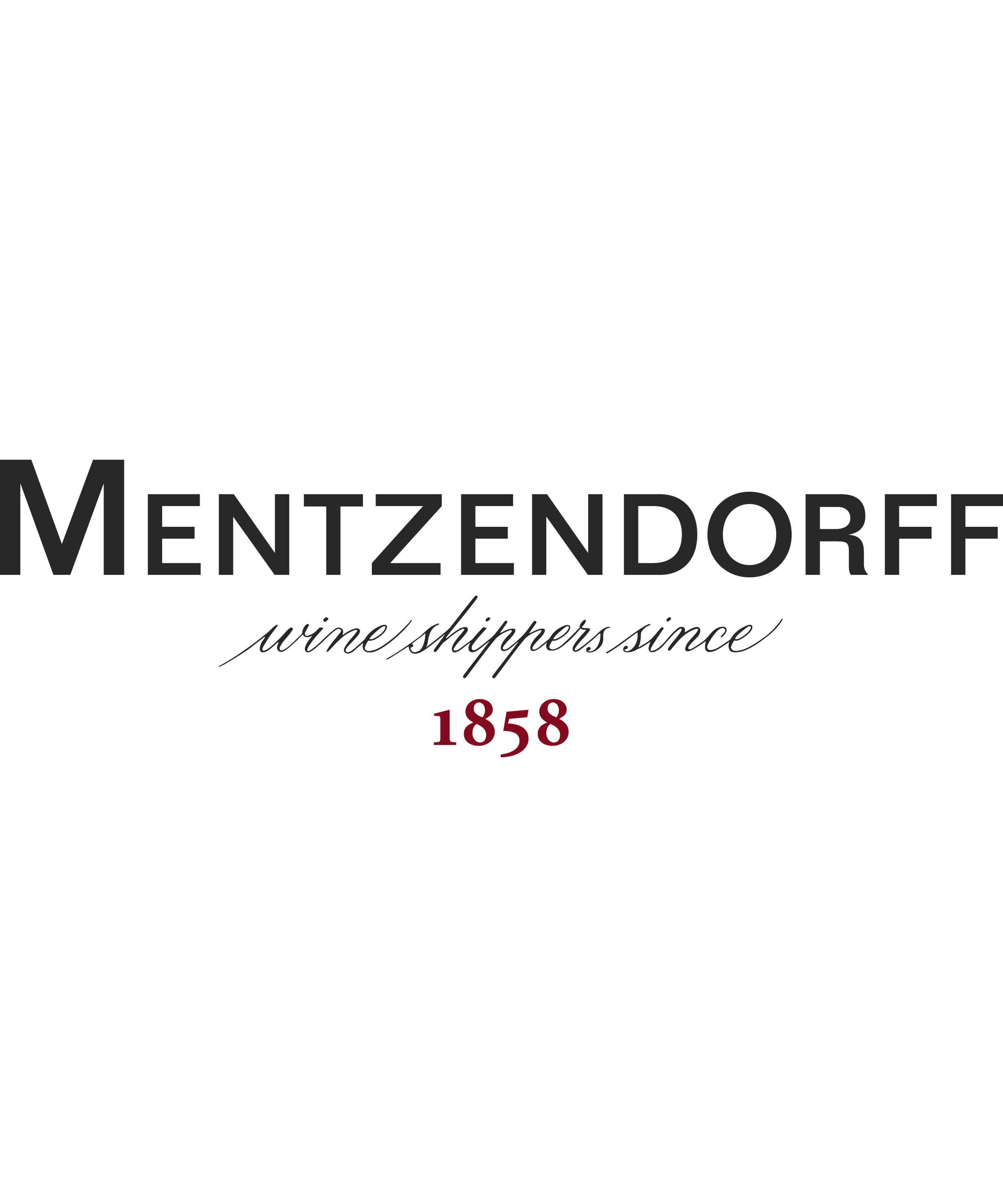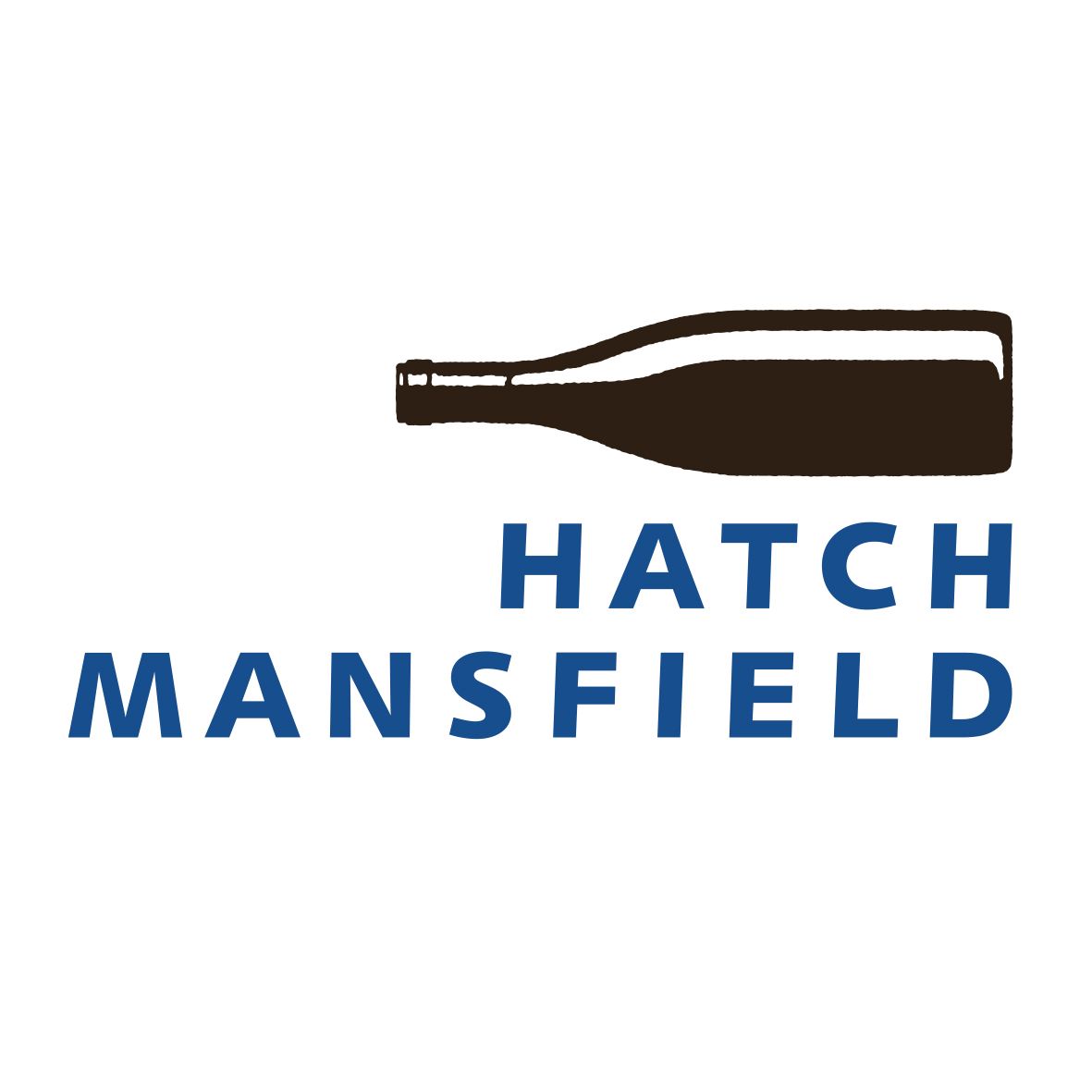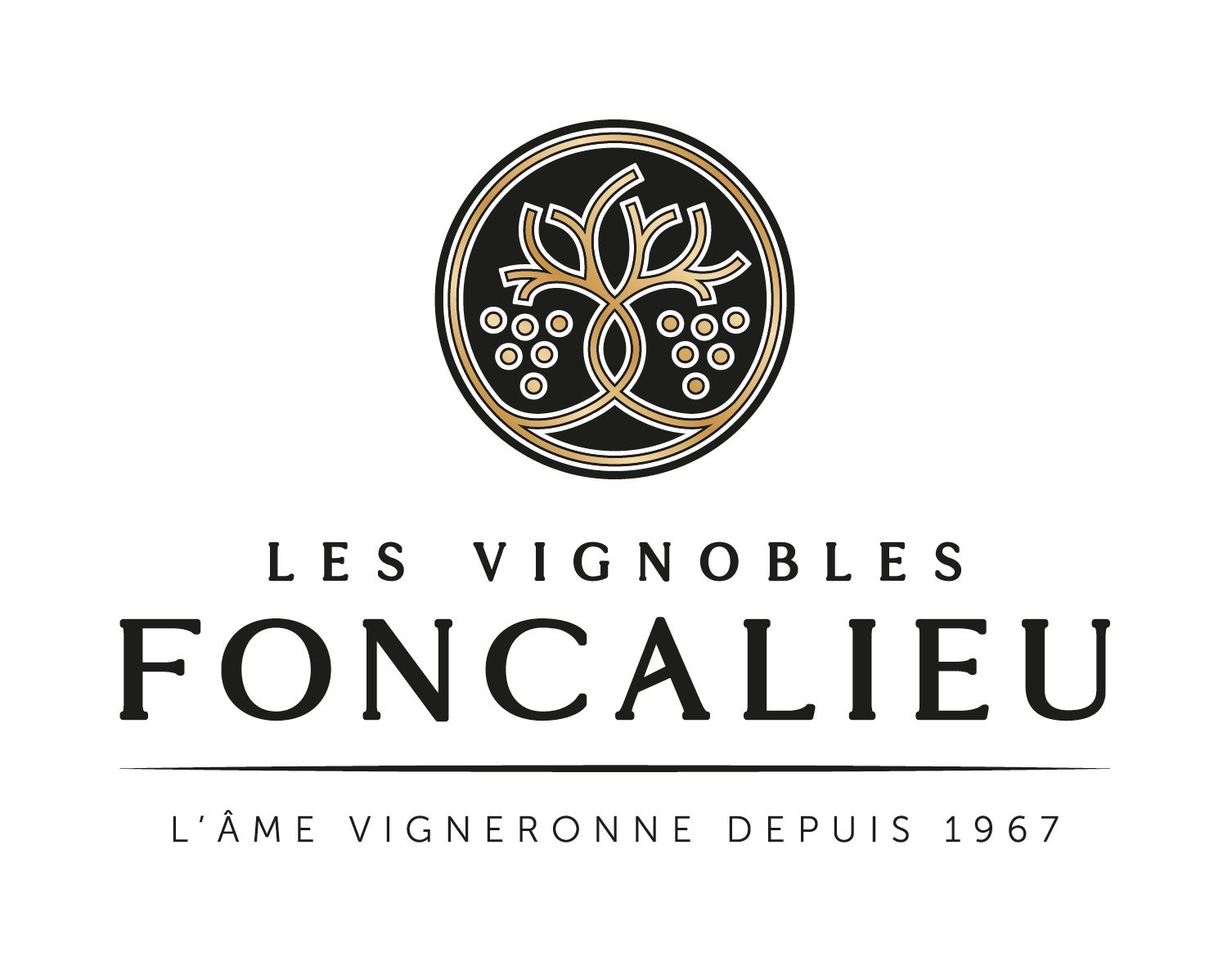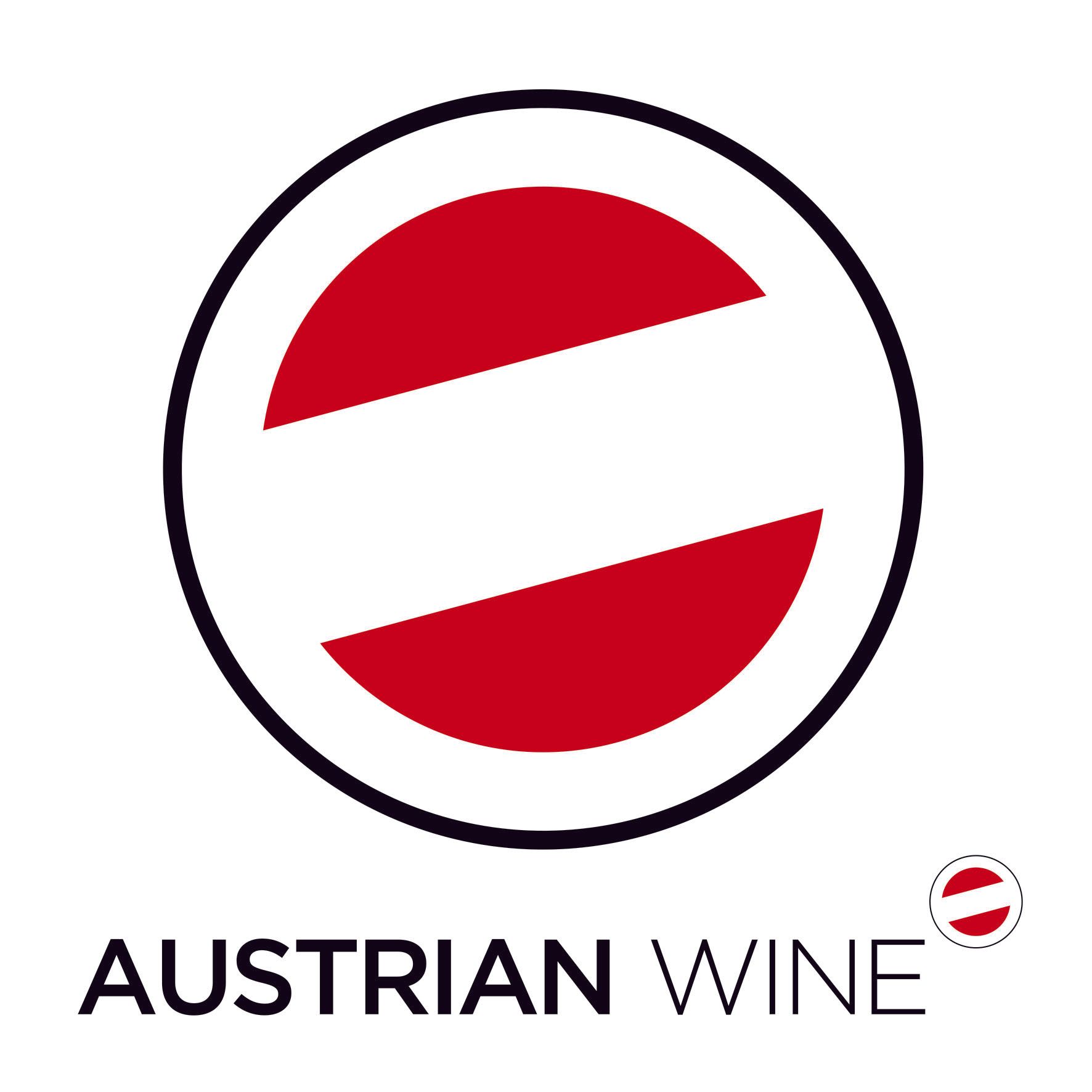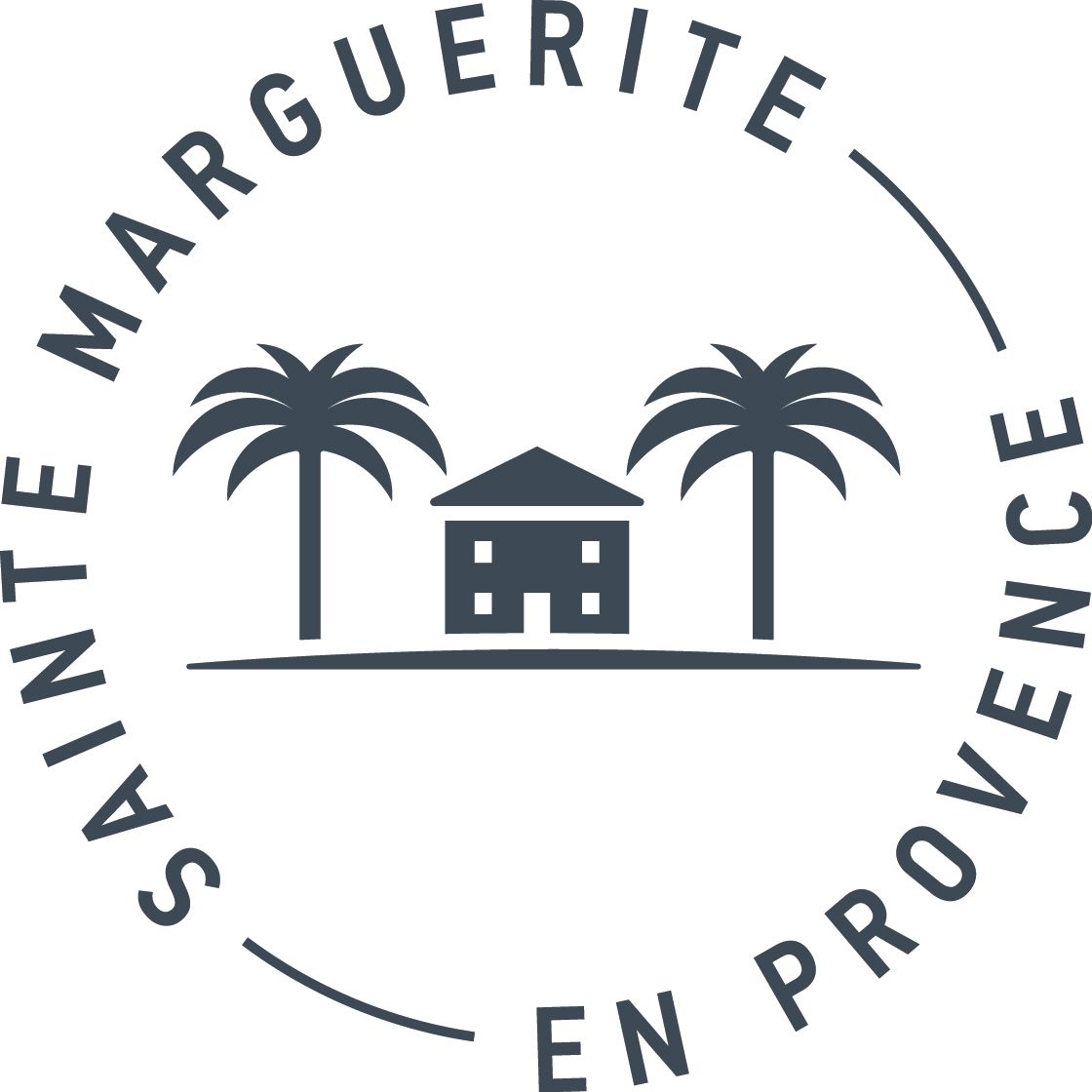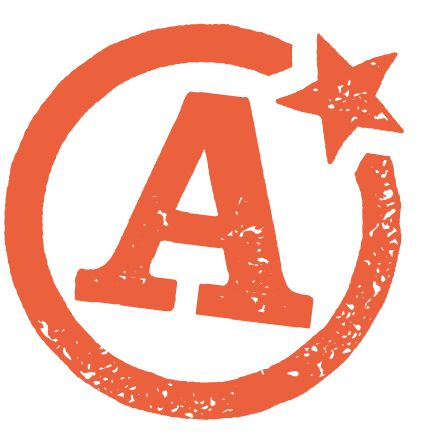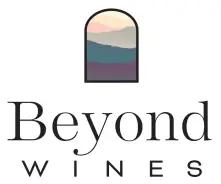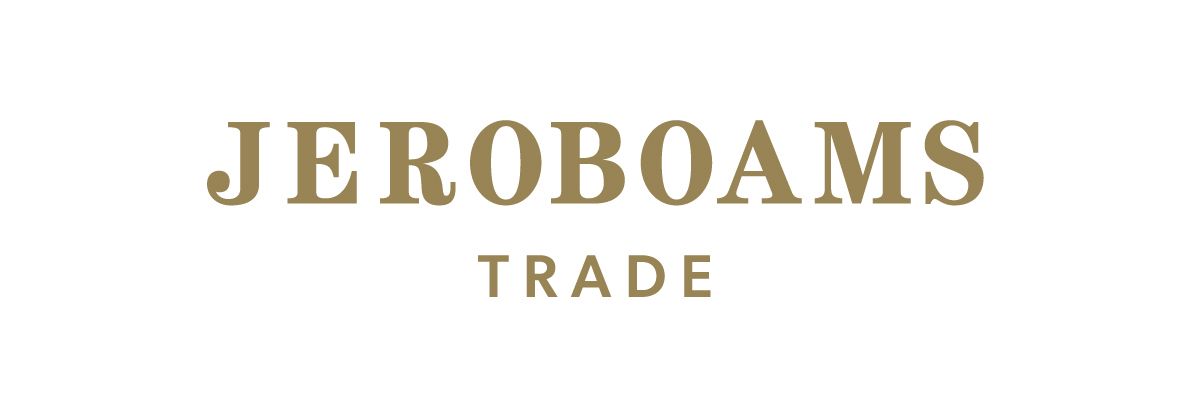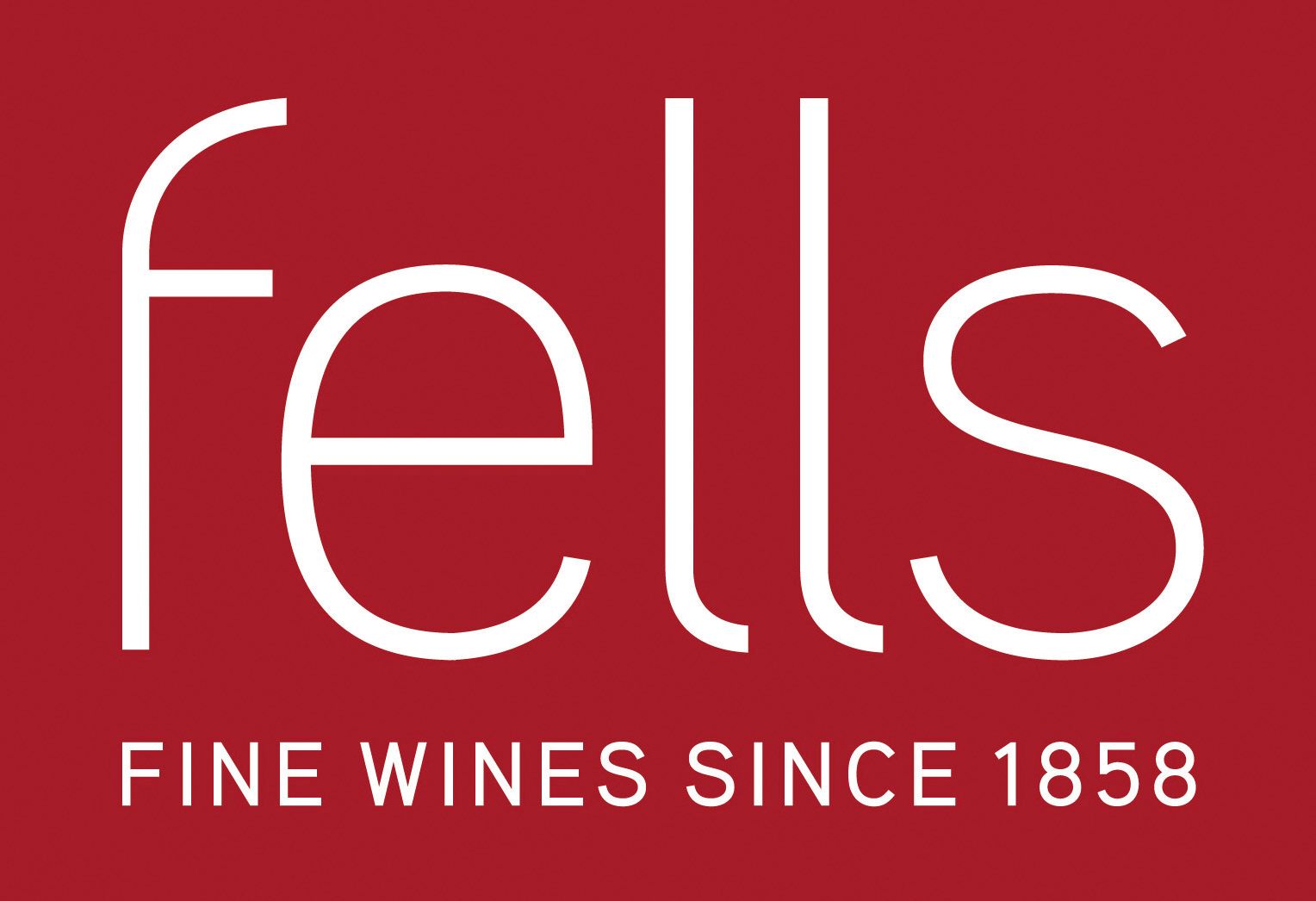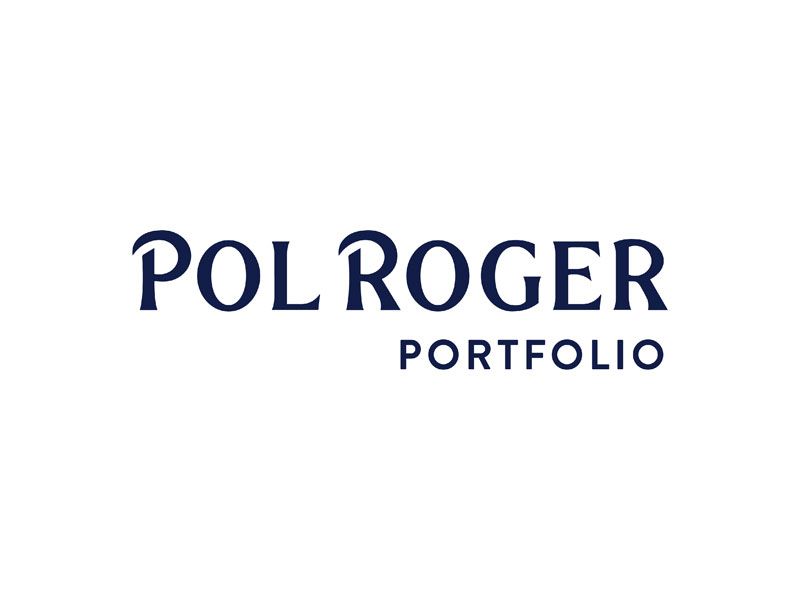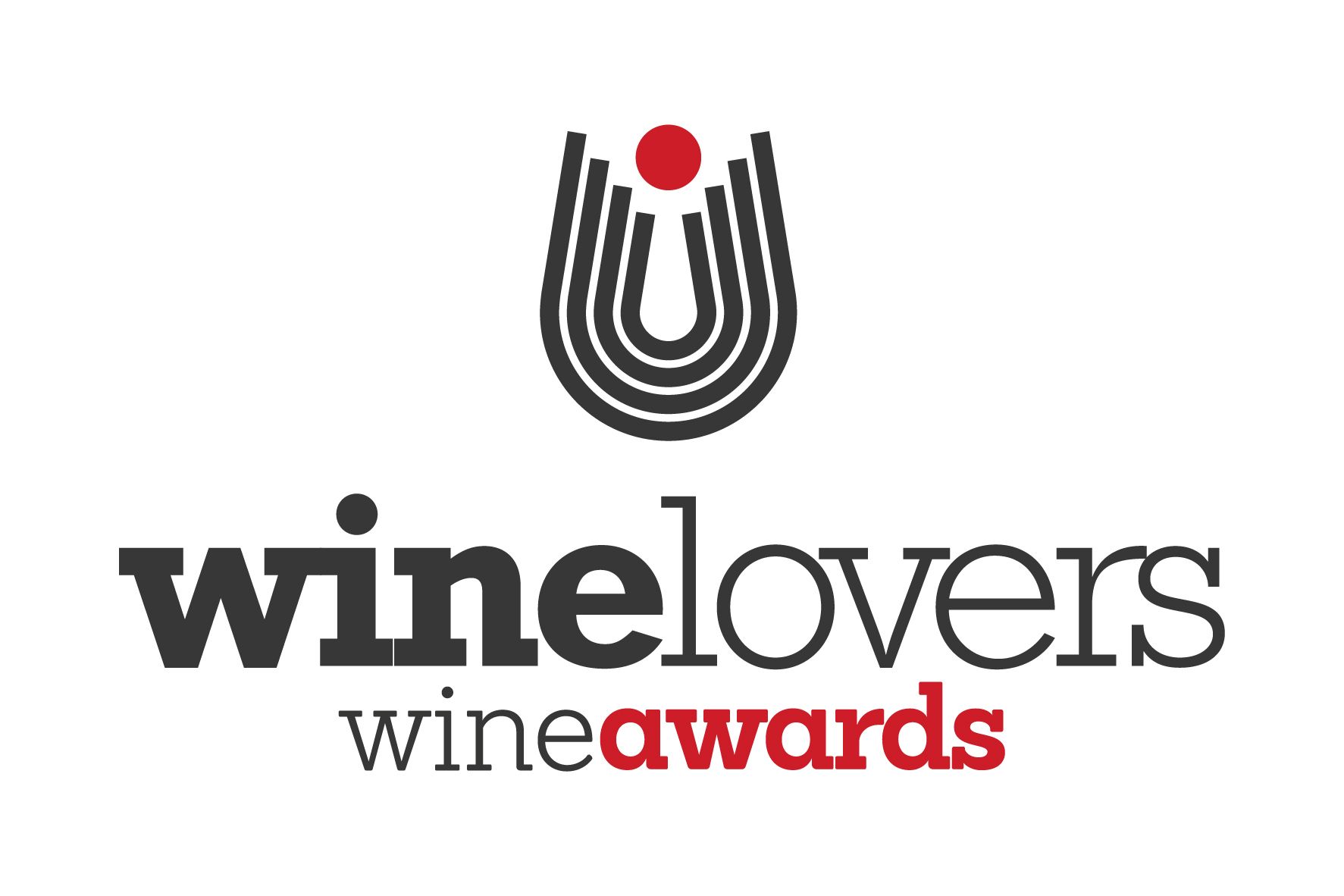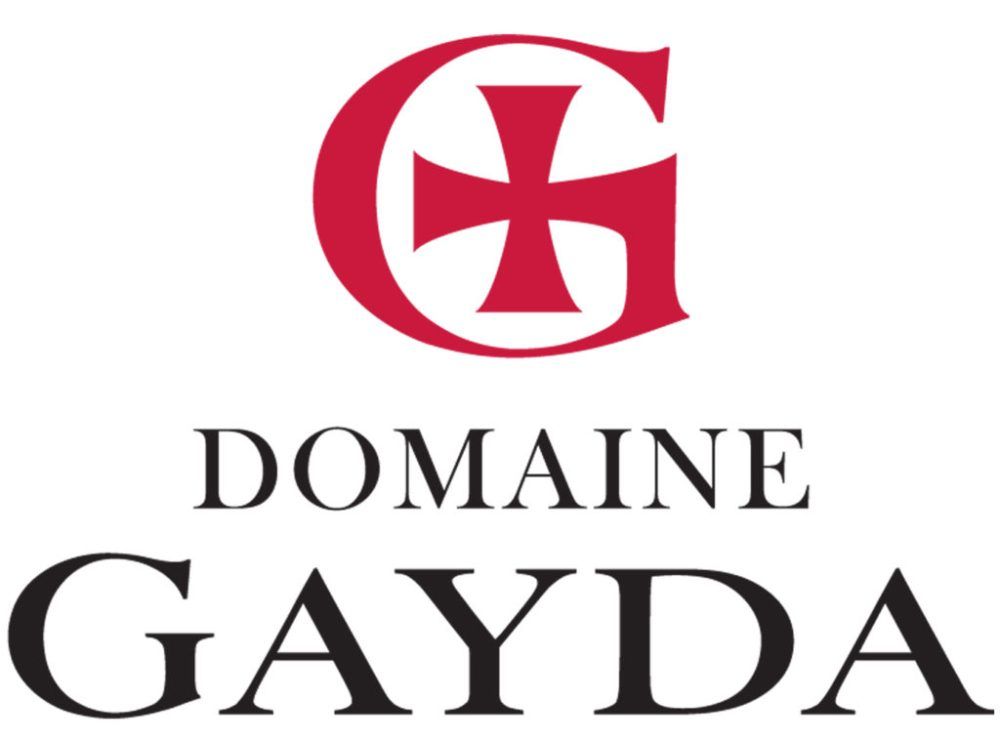Vinità Italia represents five wineries from Tuscany, Piedmont, Veneto and Emilia Romagna with seven more wineries promised soon that will cover a wider range of Italian regions. Here we pick out the wines that caught our eye particularly an impressive range of sparkling.
Vinità Italia had its UK debut in London and Leeds four weeks ago. A sales and distribution body formed of five Italian wine producers, Vinità Italia brought the wines to show to the UK trade with promises that, with seven more wineries set to join the fold, it could provide some areas of the on-trade with a one-stop shop for Italian wine buying. For a full article explaining the concept see here.

Guido Rambelli: the founder and figure head for Vinita Italia
Guido Rambelli, chair and founder, said in an opening address that his vision is that Vinità Italia could also become the much-needed trade body that Italy, of all the major European wine producing countries, sorely lacks.
Time will tell. Rambelli said that all meetings with the existing five members were conducted face-to-face (all 60 meetings of them!) so getting unilateral agreement from a majority of Italy’s hundreds of thousands of wine producers isn’t going to happen any time soon. (Some sources quote Italy as having one million wine producers but only a quarter are from denominated regions).
But the signs are there that they could be onto something. The group is already well established in the US and Brazil and Rambelli makes the point that he, and the others, have been in the wine business for many years and understand how export markets work, they are not new to this.
Glasgow restaurateur Navdeep Basi head of the Vinità Italia UK office says “It’s just what the on-trade needs,” to prices that are 15-20% cheaper by this route than by going through traditional importer routes.
So what were the wines like?
Of the five producers I thought that two were very good, and the other three had one or two wines to recommend.
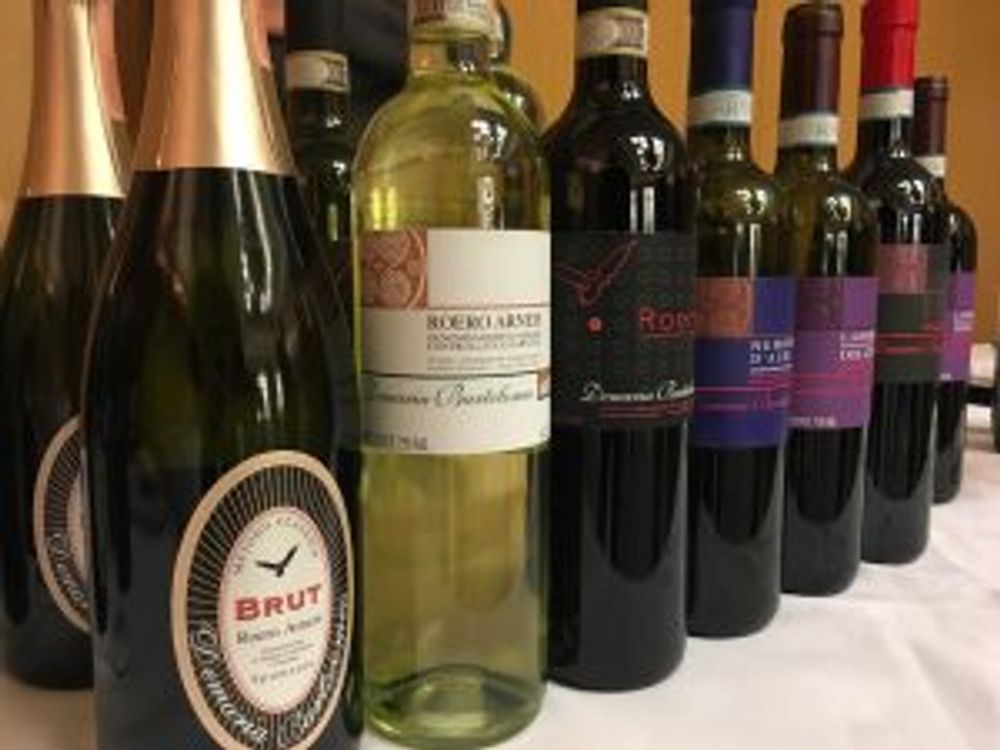
From a 10 hectare estate in Roero, Piedmont, winemaker Bartolomeo Demaria showed seven wines, all of which were well made and fascinating. With all the wines he is using natural yeasts, plenty of ageing in the right places and some inventive, nay, unique winemaking. This winery was one of the day’s highlights.
Spumante Brut, Roero Arneis DOCG, 2010
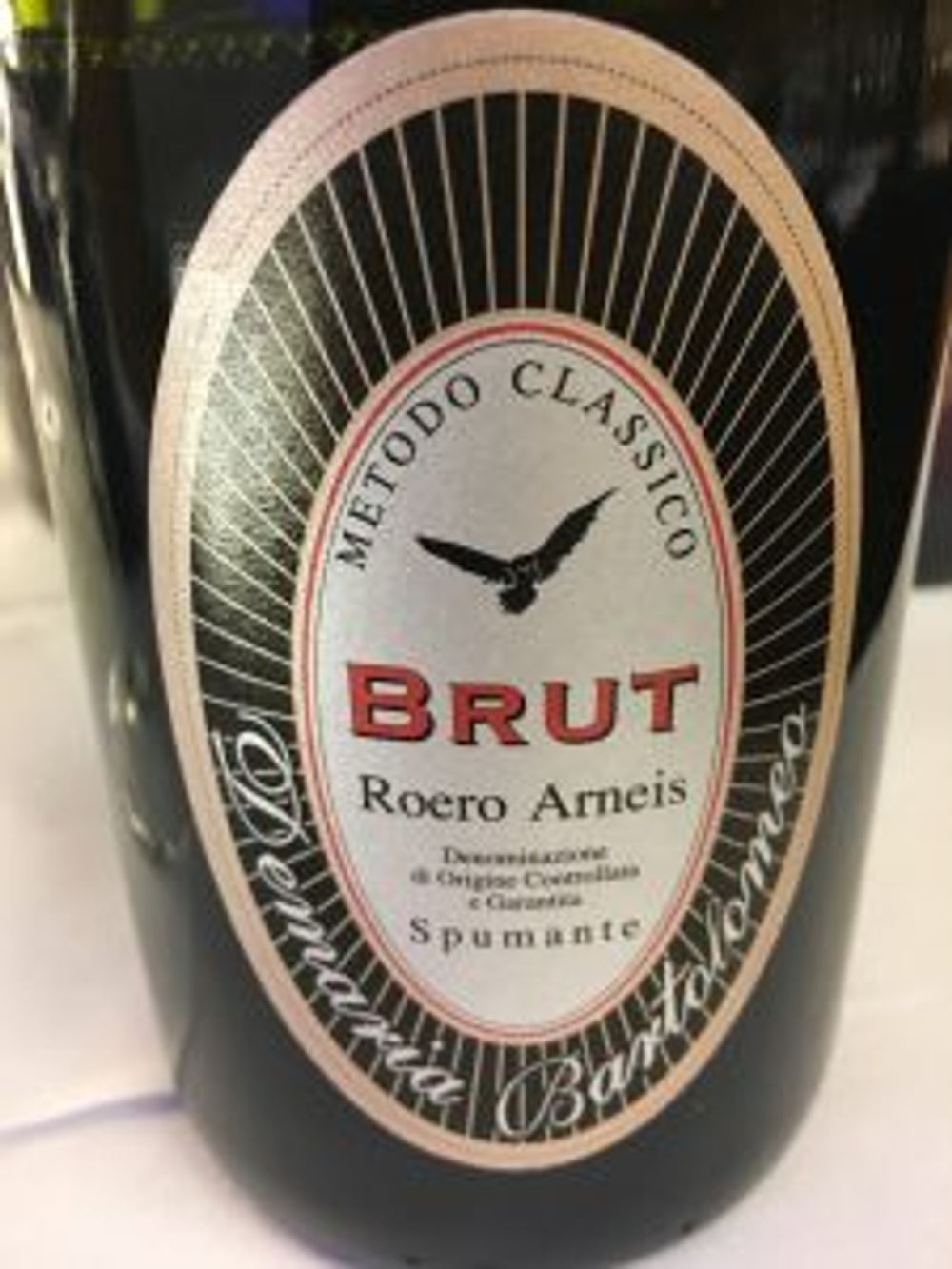
Not sure I’ve ever had a sparkling Arneis before but I will again after tasting this. On the eye it’s a lovely bright yellow and shows its evolution. The nose was gorgeous and complex with apparent oak and lots of honey. The palate was full, off-dry and good for pairing with grilled vegetable antipasti.
After fermentation the wine was aged for 5-6 months in barrels, and aged for three years on the lees in bottle. After riddling the yeasts are replaced by vin de liquer and then another three months aged in bottle. Unique and quite marvellous.
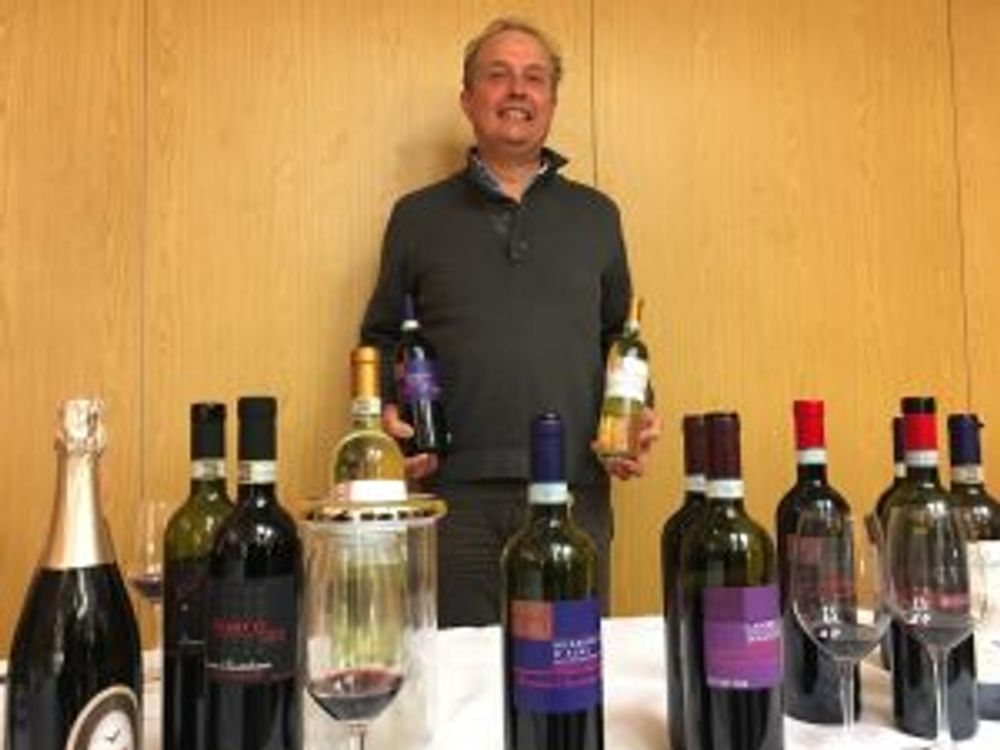
Bartolomeo Demaria, winemaker
Demaria had two other whites on show a 100% Roero that had good integrated tannin and nice acidity. I preferred the 100% Roero Arneis DOCG, 2014 that had pretty floral characteristics.
His 2008 Barolo was good but a little too rich and extracted for me. Better by far was his straight Nebbiolo d’Alba DOP, 2010 that had some grip but lots of fruit and depth of flavour to balance it out. Also good was his Barbera d’Alba Superiore DOP, 2012 that had been aged in large oak barrels, then barriques. The acidity worked really well, in fact I couldn’t believe the ABV was 15% so balanced was the wine.
This is an estate to keep your eyes on.
If you don’t think Lambrusco is going to make a comeback then this fifth generation family-run winery based near Modena in the region of Emilia Romagna will make you think again.
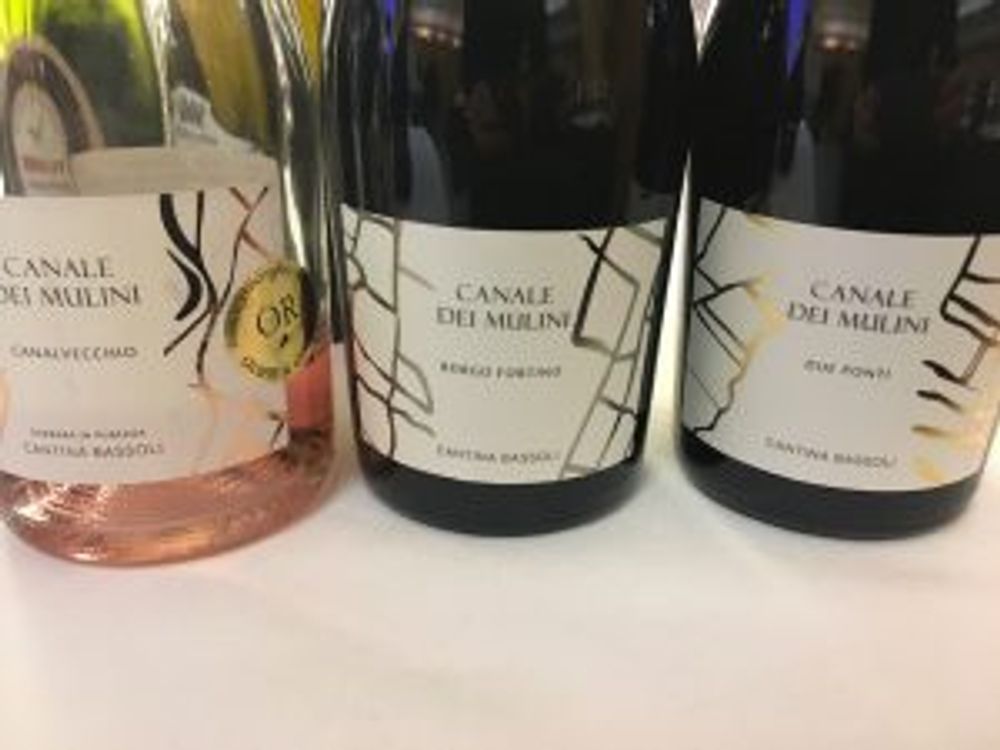
The winery’s strategy has been to re-introduce Lambrusco as a premium wine using traditional techniques and a modern Italian design.
Winemaker Riccardo Bassoli showed four Lambruscos – all using different grapes and very different in style.
Canale dei Mulini, Canalvecchio, Rosé smelt bizarre but tasted well. On the nose it was butter icing, strawberry candy and bubble gum and yet on the palate it was very linear with tightly-wound acidity – very much the 100% Sorbara grape style. The Rosé and the second wine Canale dei Mulini – Borgo Fortino were both made using the Charmat method – without going through a secondary fermentation in the bottle.
Borgo Fortino uses 80% Salamino which is a grape that gives the driest of wines imagineable with also 20% Sorbara, to add aromatics and balance. This is the sort of wine to change perceptions about Lambrusco. Whole bunch, soft pressing wine to be drunk with pasta. Seriously.
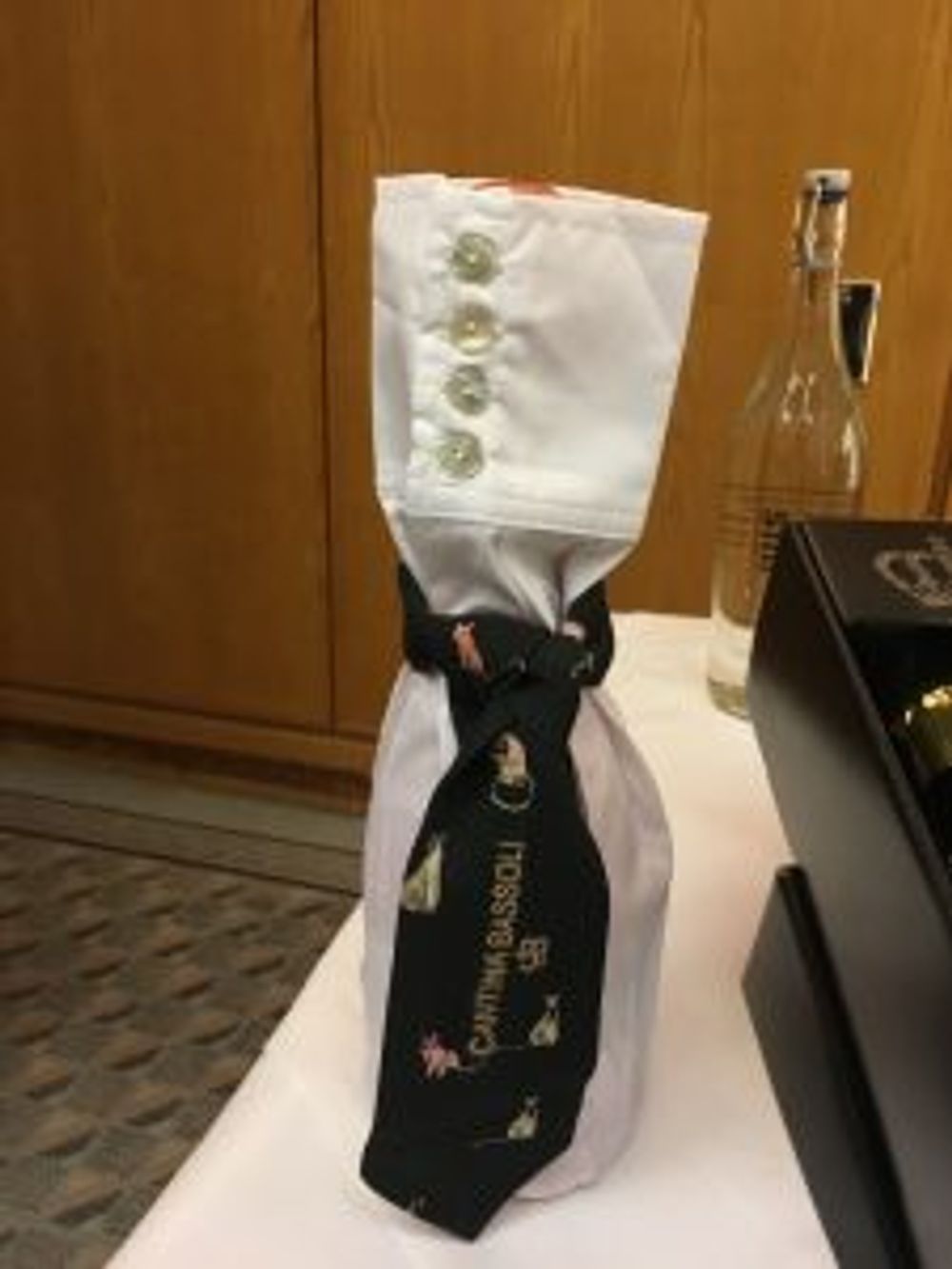
Great wine but seriously this is the most bizarre packaging I’ve ever seen!
Bassoli described the third Lambrusco Canale dei Mulini – Due Ponti as “for Lambrusco experts”. This uses 95% Salamino and 5% Grasparossa. Bright purple with a lively mousse it had a savoury-sweet nose with a powerful tannic structure underneath. Delicious.
The fourth Lambusco was Re Riccardo – Perla, 2016 that is made from 100% Pignoletto, a varietal that used to produce still wine. This fizz had secondary fermentation in steel tanks. The nose was herbs and sweet confectionery, the mousse was tight and the wine had a great dry finish – good for pairing with pizza, pasta or dessert. A real eye-opener.
So what about the other three wineries?
Romagna’s Villa Caplêt, La Campigiana from Tuscany and Etruria’s La Peschiera are the other three wineries that form the rest of the core group of Vinità Italia.
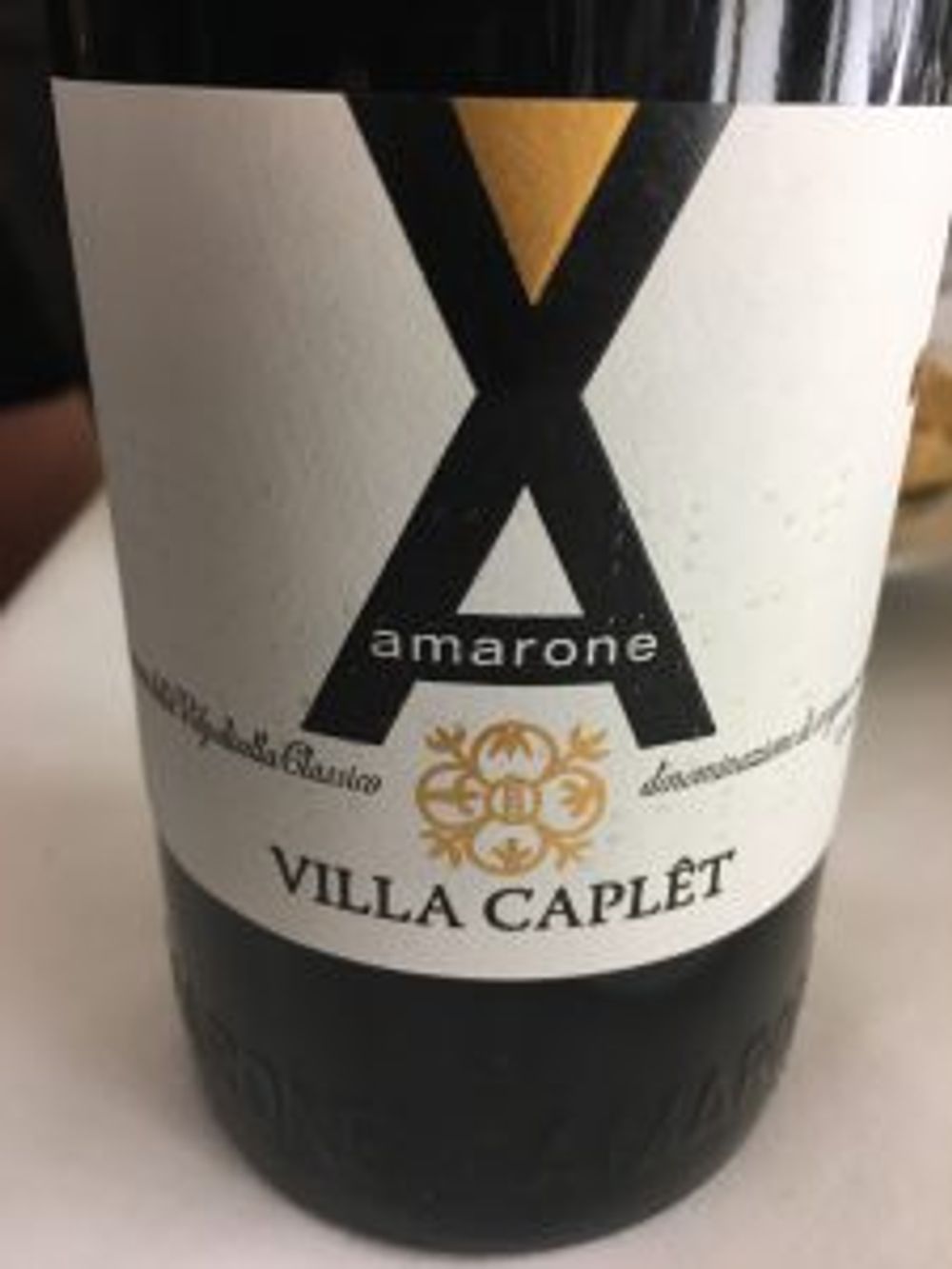
Highlights from their portfolios include: Amarone della Valpolicella Classico DOCG, 2011 is a five grape blend with Corvina 40%, Rondinella, Molinari, Negrara and Croatina making up the rest. Grapes were dried on straw mats, fermentation in steel, aged for at least a year in large botti. Despite its hefty 15% ABV this was delicious Amarone. Great fruit as you might expect, lovely rich nose and a pleasing dryness to the finish.
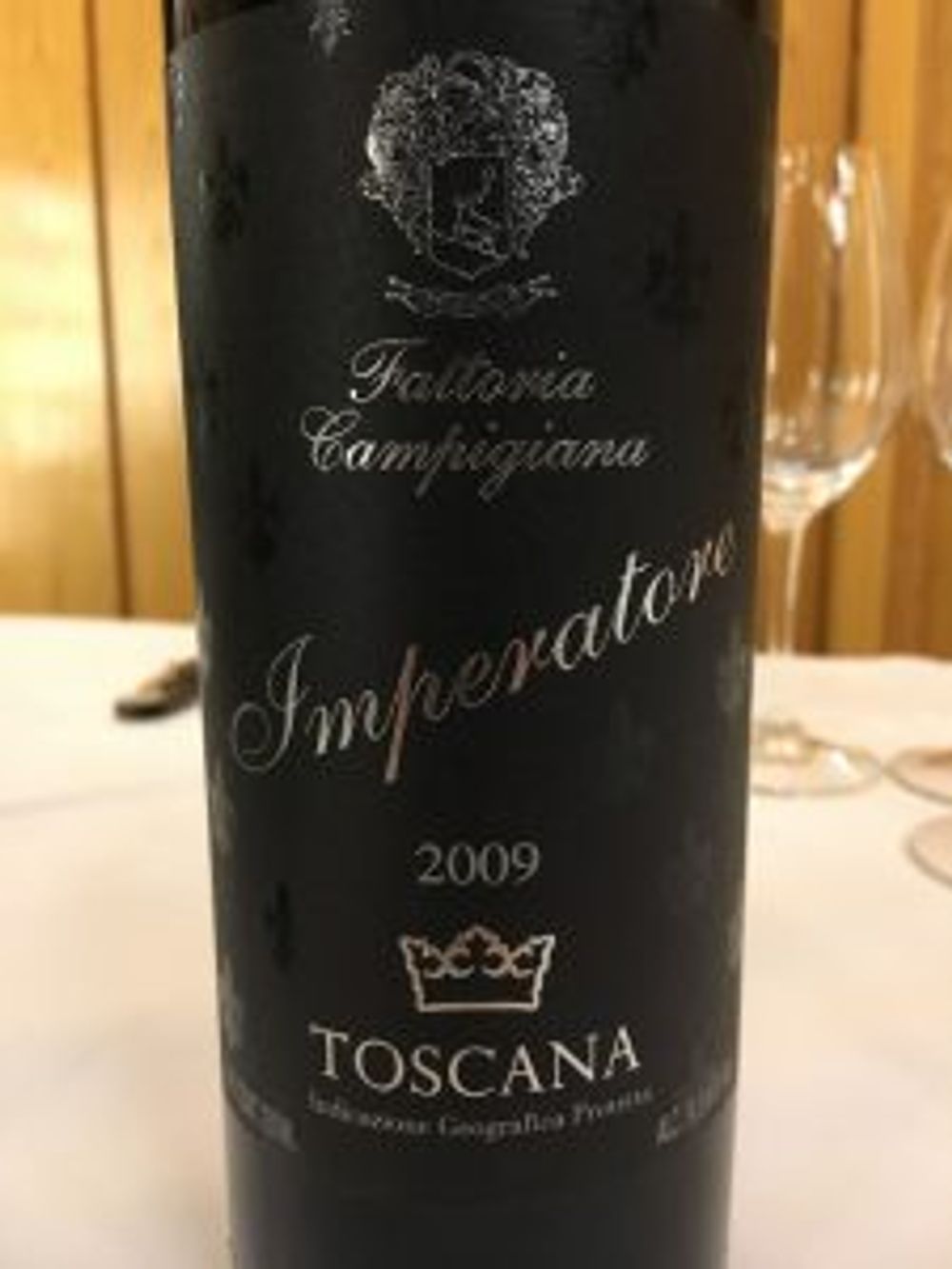
Imperatore 2009 was my favourite from La Campigiana a third generation winery in Tuscany that only uses natural yeasts, sustainable viticulture, low yields and cordon spur pruning. This had a good earthy feel and nice depth. 85% Sangiovese, 10% Syrah and 5% Merlot, fermented in tank and then aged in small French oak casks for 12 months, no clarification or filtration. Impressive getting it with the bottle age.
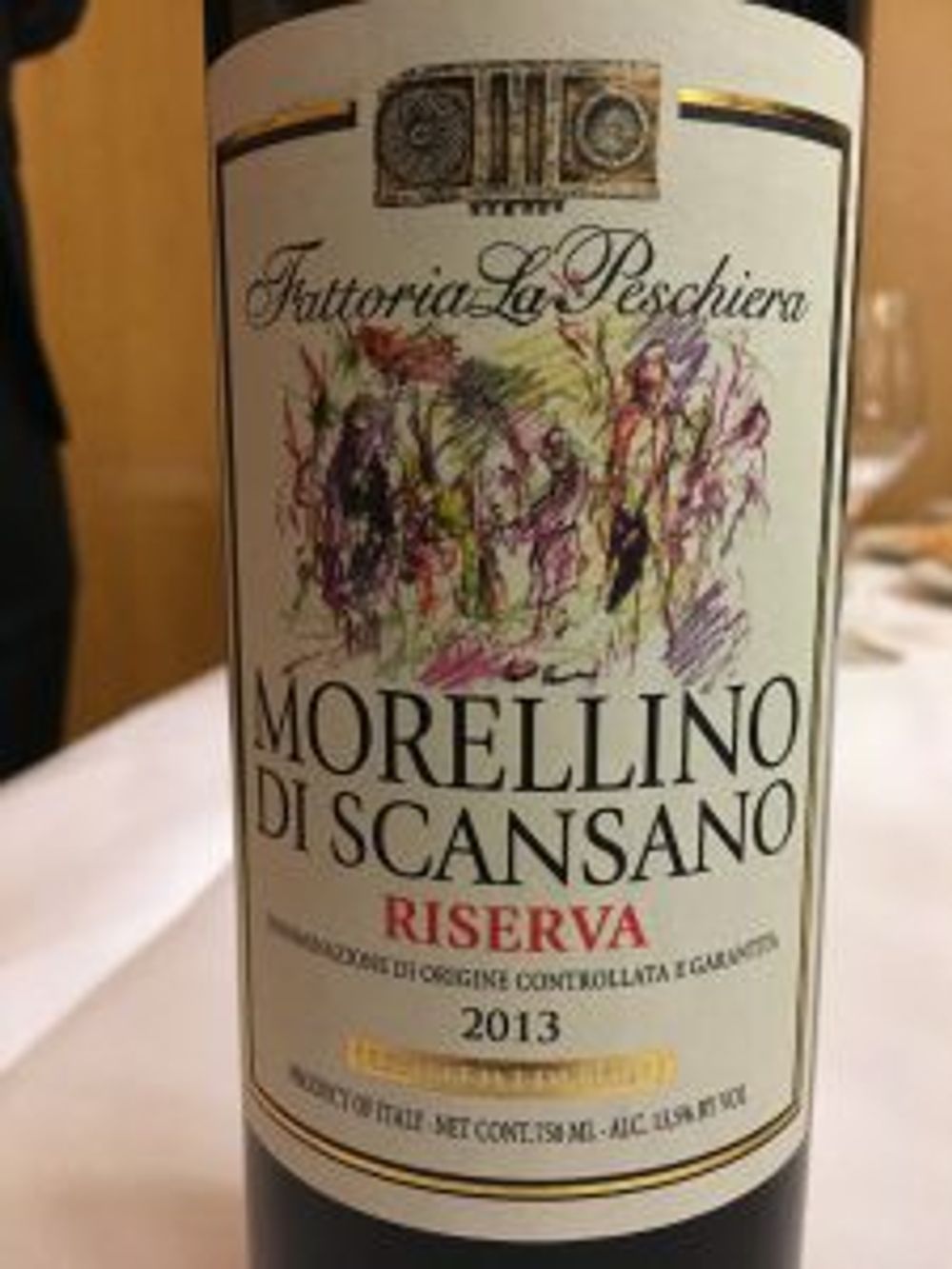
Morellino di Scansano Riserva DOCG, 2013 was the top wine from La Peschiera, an 85% Sangiovese, 10% Merlot and 5% Cabernet Sauvignon blend that was fermented in steel and then aged for at least a year in large oak barrels. With a lightness and crunchiness to the fruit, and a 13.5% ABV, this was quite contemporary in style, had an attractive nose, good sturdy tannins and a lot of complexity.
